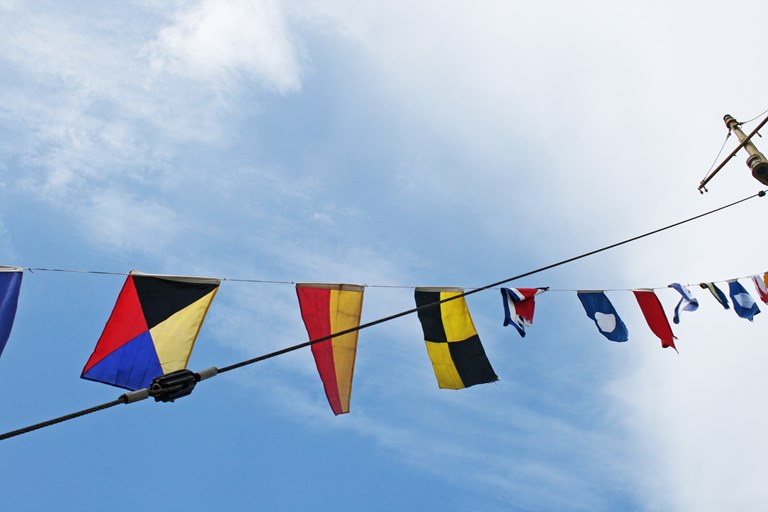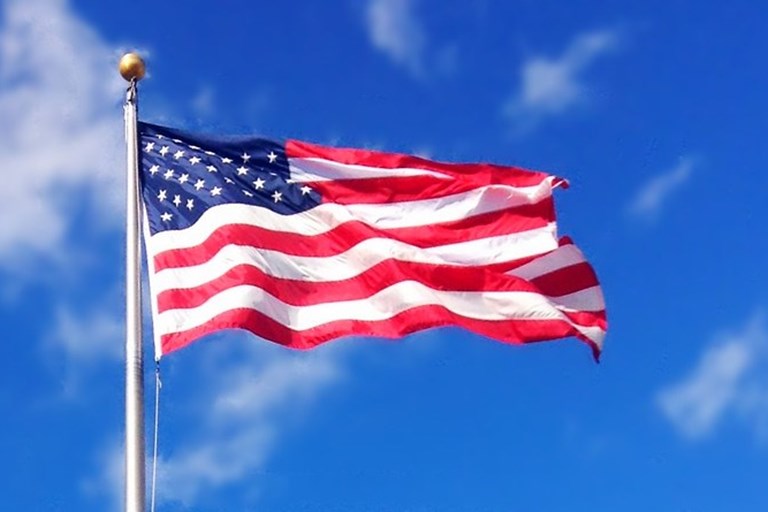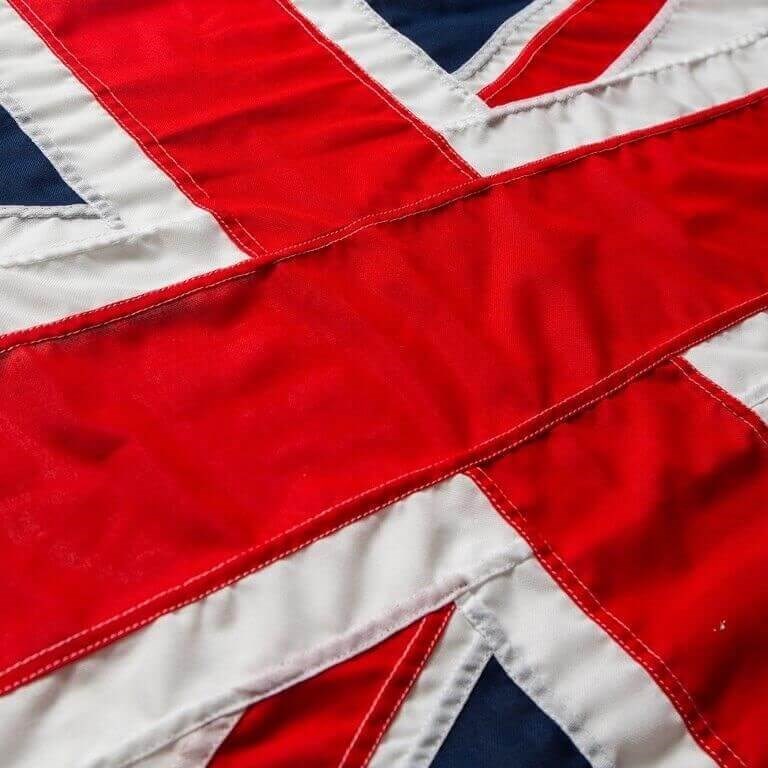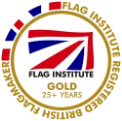For nearly 150 years Flagmakers have been leading the UK’s industry in hand-sewn national flags. Since then, we have been producing the Welsh Flag (also known as the Welsh Dragon Flag).
Not always known as the Welsh Flag, it was first used in the Battle of Bosworth Field in 1485, however it became the official Welsh flag in 1959. All of our flags are manufactured at our Chesham-based flag factory, and are created to the highest quality in today’s flagmaking industry.
Our wales Flag is manufactured from 155gsm woven cloth, stitched together using a double-sewn hem to create the design of the dragon. This hand-sewn material produces a very high-quality look and feel, ideal for even the most prestigious of locations. Each flag we produce includes a headband, rope, and toggle, allowing you to fly the flag from any standard flagpole.
We feel great pride in every flag we produce, knowing they are amongst the finest quality produced in the UK. The flags are produced to the Flag Institute’s standard of 2:1 ratio, keeping conformity in size to each national flags.
Wales Flag Trivia
For historical reasons, Y Draig Goch (The Red Dragon) is not represented on the Union Jack. Wales is represented by the cross of St. George which represents England and Wales as one country.
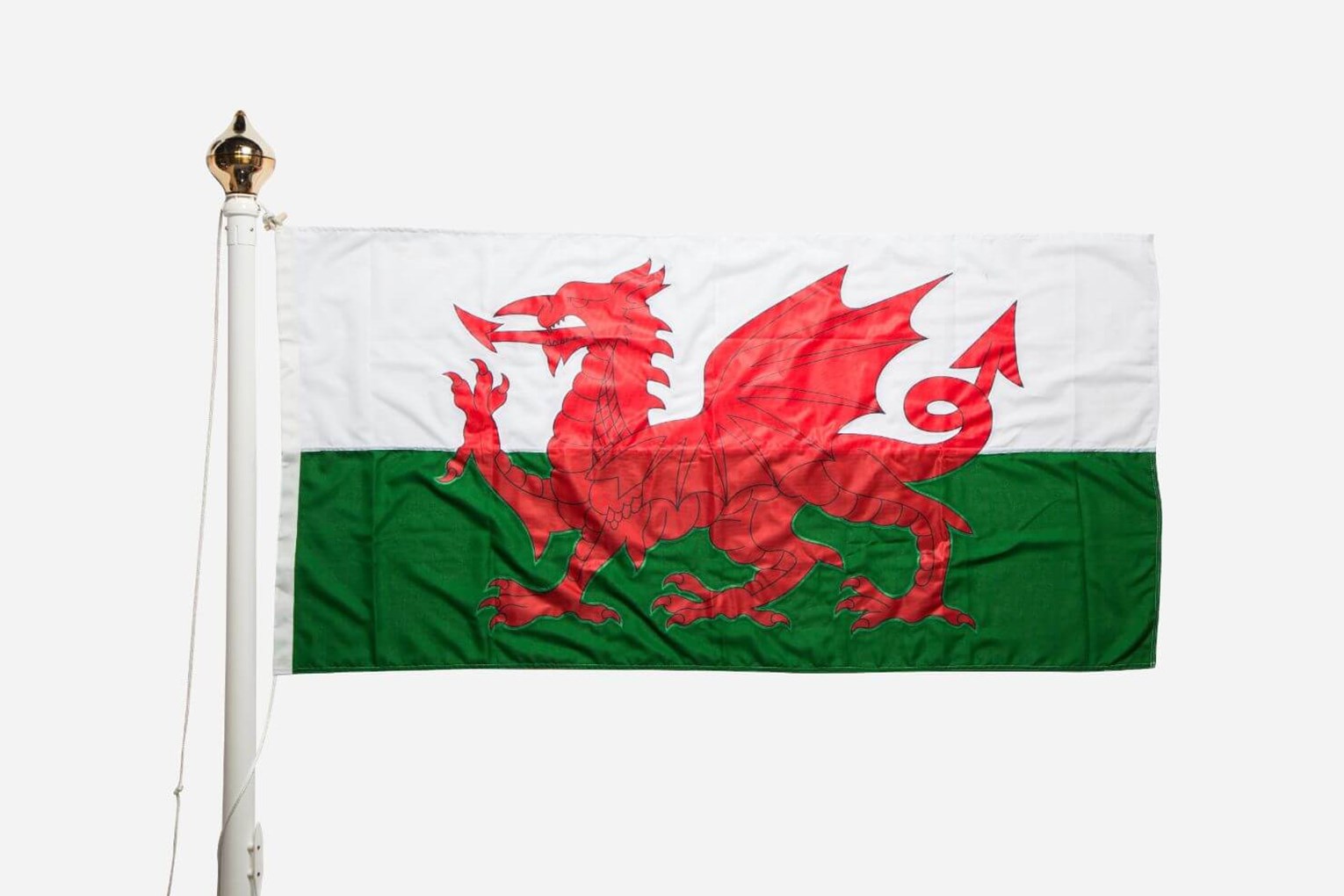
Wales Flag Technical Specifications
| Adopted | February 1959 |
|---|---|
| Proportion | 2:3 or 3:5 |
| Design | A red dragon on a background of split horizontal green and white stripes. |
| Colours | PMS - Green: 354, Red: 186 CMYK - Green: 83% Yellow, 91% Cyan. Red: 76% Yellow, 91% Magenta, 6% Black |
Brief History of the Wales Flags
The first reference to the red dragon symbol is believed to date back to the 4th Century. In the 7th Century Cadwaladr, Prince of Gwynedd, adopted it as his emblem as the green and white were the livery colours of the Welsh Prince Llewellyn.
Under the Statute of Rhuddlan in 1284 Edward I incorporated Wales into England. To shore up the incorporation in 1301 Edward made his eldest son – also called Edward – Prince of Wales. This has continued until the present day with the eldest son of each English monarch has been given the title.
During the reign of Henry VIII on 1536 and 1543 The Laws in Wales Acts were passed from the Welsh Tudor dynasty, creating a single state and legal jurisdiction. This essentially annexed Wales to England.
Welsh influence waned even further when the Scottish James VI became James I (England) in 1605. In the royal arms the dragon was replaced by a unicorn and it didn’t return to the Royal Badge of Wales until 1807.
Largely because of the Laws in Wales Acts and the Statute of Rhuddlan, Wales is not represented on the Union Jack, other than through the cross of St George (Wales and England being, according to the acts, one country).
The dragon became the official symbol of Wales in 1901 and the flag rose to prominence after it appeared in its current form at the investiture of Edward, Prince of Wales in Caernarfon in 1911.
The motto “Y Ddraig Goch Ddyry Cychwyn” (which means “the red dragon inspires action”) was to be included in a new royal badge that was announced in 1953.
Queen Elizabeth II enabled the red dragon on a green and white background to become the official wales flag in 1959 after successful lobbying by the Gorsedd of Bards and others.
It was announced that the flag to be flown on government buildings would consist only of the red dragon on a green and white flag rather than the 1953 badge which included the “Y Ddraig Goch Ddyry Cychwyn” motto which was still in occasional use.
Flag of Saint David (Dewi Sant)
St David is the patron saint of Wales and his flag is a gold cross on a black background although earlier variations exist which includes a black cross on a gold field and engrailed edges on the cross.
The cross has been used on occasion as an alternative to official Wales flag, although it enjoys no such similar status and it appears a lot less frequently even though it gained more prominence in the early 20th century.

Prince of Wales Standard
The Royal Standard is used by Queen Elizabeth II whenever she is in England, Wales or Northern Ireland.
The Prince of Wales has his own standard which is used when he visits. It can only be used in Wales and it consists of the banner of the Coat of Arms of the Principality of Wales with the Prince of Wales’s crown in the centre.


